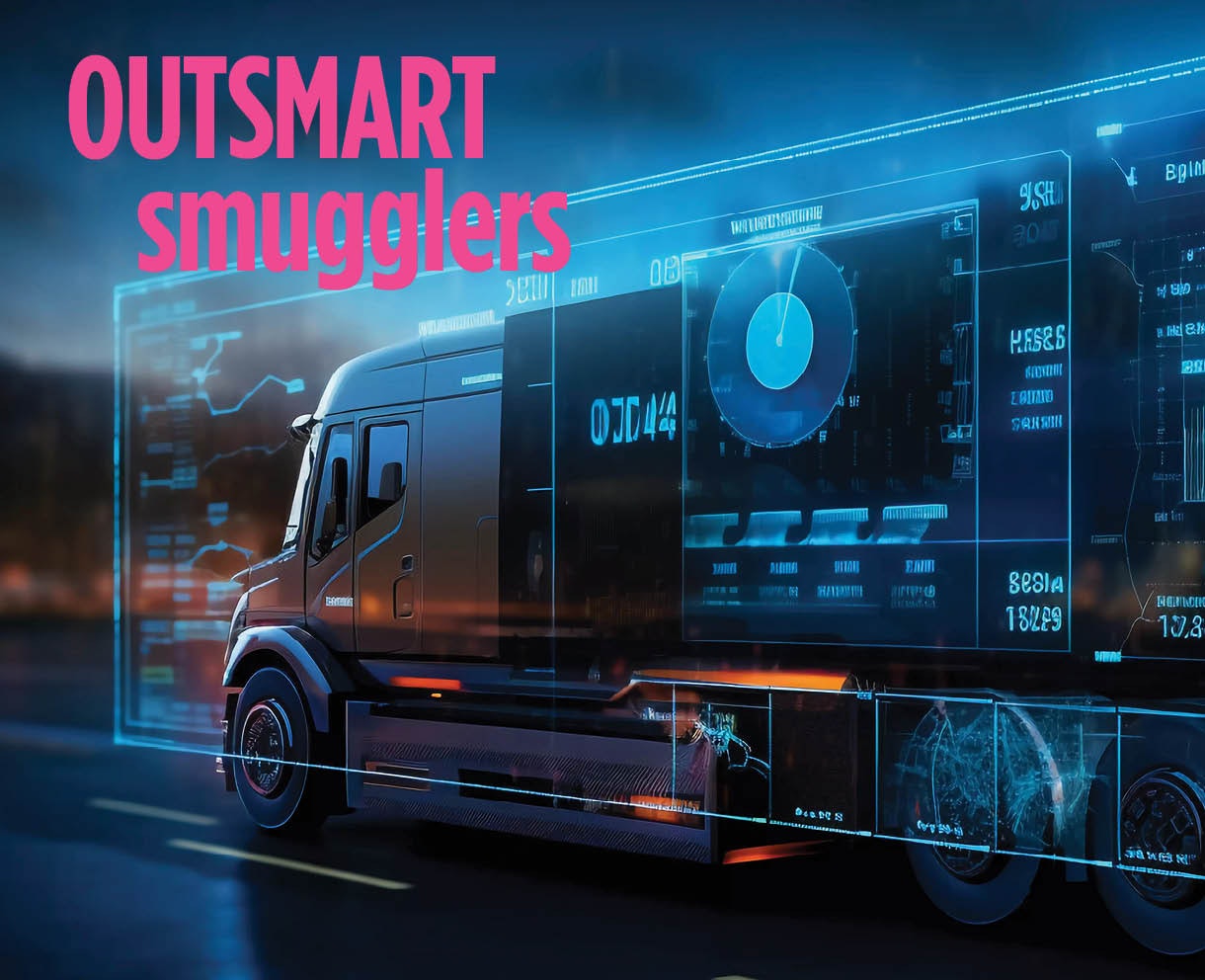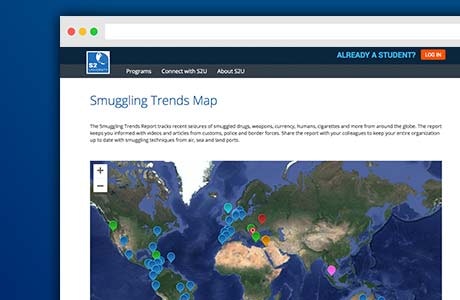Outsmarting Smugglers: Contraband detection in the era of AI
Outsmarting Smugglers: Contraband detection in the era of AI

In the ongoing battle to seize contraband, understanding the cat-and-mouse game between law enforcement and smugglers is crucial. AI is not yet going to solve everything. Let's break down the most popular techniques container smugglers use, the tools law enforcement deploys to catch them, and how artificial intelligence (AI) is changing the game.
Rip-Off: This is where smugglers place illegal goods in easily accessible areas like near the doors of a shipping container or on top of legitimate cargo. It's quick, simple, and relies on the smuggler's ability to retrieve the contraband before anyone notices.
Manipulated Containers: A more sophisticated method, smugglers hide their goods within the structure of the shipping container itself—think false walls, hidden compartments in floors or ceilings, or even within the refrigeration units of "reefer" containers.
Under Water: The most difficult, but common of the methods, here smugglers attach contraband to the hull of a ship, usually below the waterline, to be retrieved at some point during the ship's voyage or at the destination port.
For Rip-Offs: Highly trained data analysts using X-Ray non-intrusive inspection equipment and canine units are the go-to. Dogs can sniff out drugs or other contraband near the entry points of a container, while a visual check using NII can reveal anything that's not part of the official cargo manifest.
In Manipulated Containers: X-ray scanners and physical inspections are key. Just like airport security uses X-rays to see inside your luggage, port authorities use them to look inside containers for any irregularities.
Under Water: Divers and remotely operated underwater vehicles (ROVs) are employed to inspect ship hulls. These methods are labor-intensive and costly but necessary to ensure no illicit packages are riding along.
Despite our best efforts, the rate of contraband smuggling is not just continuing—it's evolving and in some cases, increasing. Rip-off incidents have risen significantly, perhaps indicating that smugglers are opting for speed over sophistication. Meanwhile, the number of manipulated containers and underwater concealments also shows an upward trend, suggesting smugglers are becoming bolder and more inventive.
The Role of Artificial Intelligence:
AI is transforming smuggling detection by predicting high-risk shipments through analysis of various textual data. The emerging frontier is image-recognition algorithms trained on thousands of X-ray images annotated by experts. Investing in officer training for image analysis now will pay dividends in the development of effective AI tools tomorrow.
The Future is Smart:
As smuggling techniques get more sophisticated, so too must our methods of detection. With the advent of AI, we're on the cusp of a new era in law enforcement—one where data augments the officer’s instinct helping to detect more smuggling.

S2 University’s Global Smuggling Trends Report
Take a look at the S2U website’s special feature, Global Smuggling Trends Report . This interacti...

Border Security – Scanning And Threat Detection – The Path To Ai
AI’s success should be built upon a solid foundation of appropriate inputs, including a significant body of scanned images and the appropriate algorithms to guide machine learning towards reasonable, accurate outcomes.

Challenges and Opportunities In Event Security
But there is no escaping the reality that the event-day experience also is a big influence on whether fans choose to return or stay away from your venue or event.
